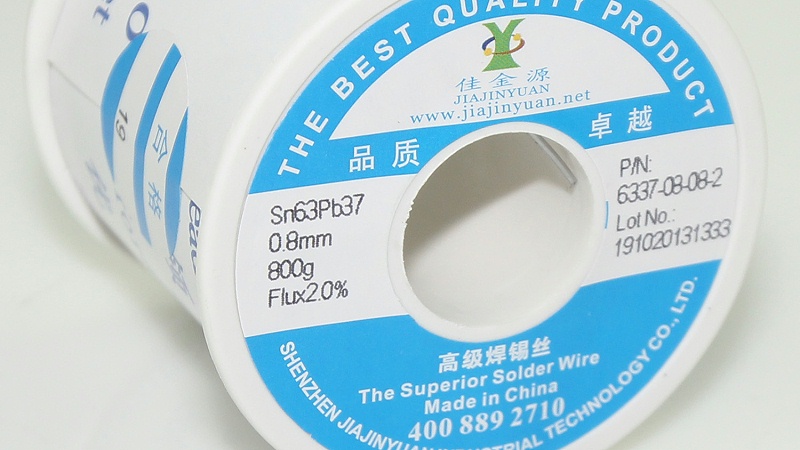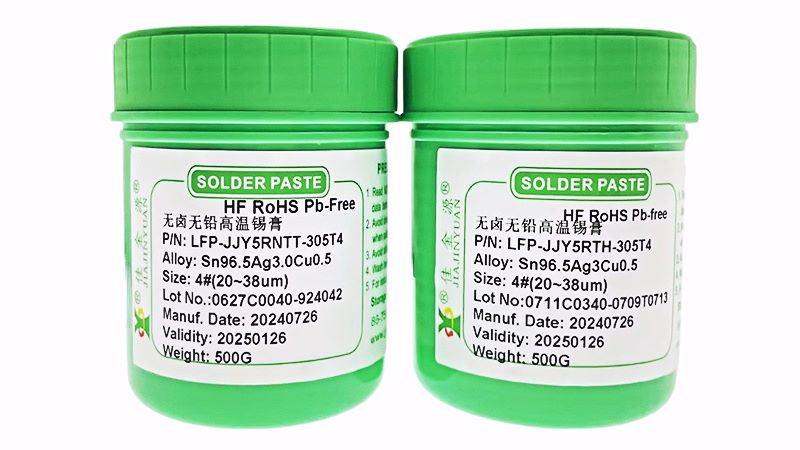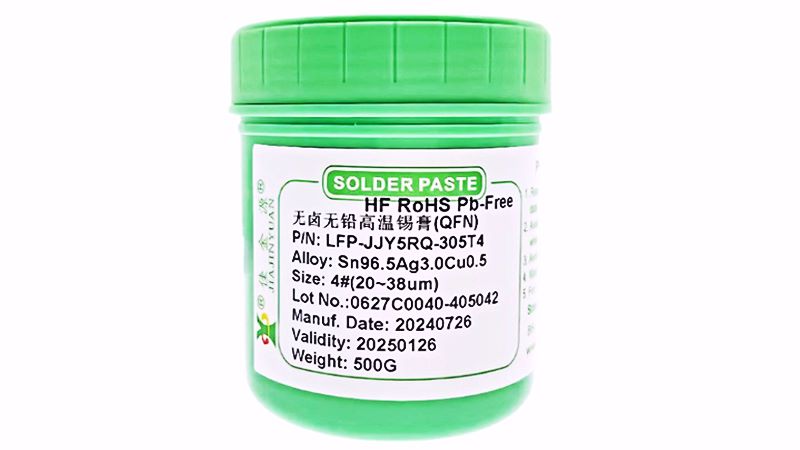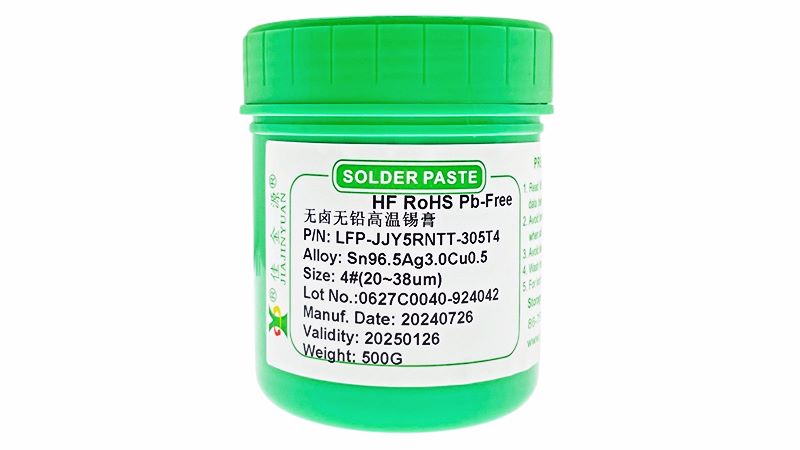The partners are applyingLow-temperature tin wireDuring the process, it is often found that there is a problem of excessive flux splashing. So, what causes the flux splashing? Next, let'sShenzhen JJYLet's answer some questions for our partners:

A large amount of flux is used. During the electric welding process, the flux will melt first when heated. When it expands, the tin on the surface has not yet melted, which condenses the expansion force of the flux. When the tin on the surface is melting, the flux inside comes out, causing splashing. The solution is to reduce the content of flux when the welding rate of electric welding is feasible.
A rather crucial point lies in whether the customer uses spot welding or continuous welding. Spot welding method can reduce the flux. For the continuous soldering method, the rosin content should be higher; otherwise, it will affect the soldering. You can moderately control the heat of the soldering iron. It is better to use a constant-temperature soldering iron.
It is related to the secret recipe in the flux. In the processing technology of the production process,Tin wireThe flux inside contains gas or moisture. When burning rosin, the temperature control burning time is relatively long to allow the moisture of the rosin and the surfactant to evaporate completely.
When the tin wire used contains a relatively high amount of tin, a soldering iron with lower power can be used. This can reduce the occurrence of flux splashing. Polychrome solder wire can also be selected. This can disperse the expansion force of the flux when heated and reduce the splashing situation.
Altering the properties of rosin and enhancing its viscosity can cause some inconveniences and is generally not advisable. If you want to know more about low-temperature tin wire, welcome to consult Shenzhen JJY. Let's learn and grow together!
Shenzhen JJY Industrial Technology Co., Ltd. is a company that has been engaged in the research of solder paste, solder wire (low-temperature solder wire), solder wire, lead-free solder paste, and leaded solder paste for more than ten years.Solder rodManufacturers of solder paste and solder wire with lead solder paste, etc.





 Tel:+86 0755 88366766
Tel:+86 0755 88366766 Phone:+86 18938660310
Phone:+86 18938660310 Email:sales@jjyhanxi.com
Email:sales@jjyhanxi.com Address:13/F,12/F, Building No. B,Qinghu Technology Park,Qingxiang Rd.,Qinghu Community, Longhua Subdistrict,Longhua District,Shenzhen City,GUANGDONG Province,P.R.C.(518027)
Address:13/F,12/F, Building No. B,Qinghu Technology Park,Qingxiang Rd.,Qinghu Community, Longhua Subdistrict,Longhua District,Shenzhen City,GUANGDONG Province,P.R.C.(518027) Guangdong Public Security Backup 44030902002666 name
Guangdong Public Security Backup 44030902002666 name
 WeChat
WeChat WeChat official account
WeChat official account
